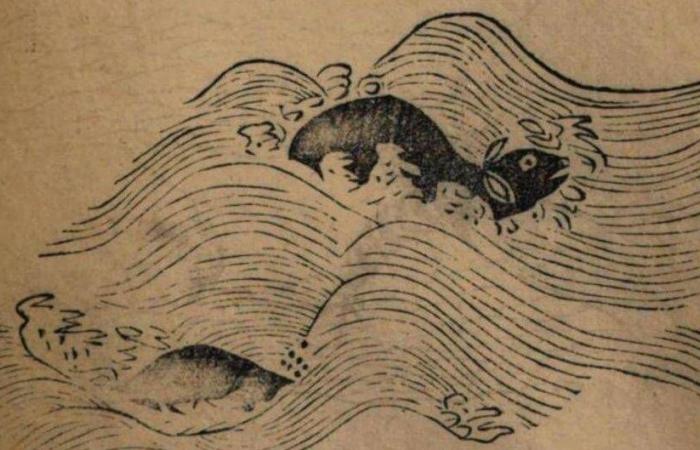Posted on May 05, 2025 at 5:23 pm. / Modified on May 05, 2025 at 5:23 pm.
4 min. reading
Subscribe to access the summary in 20 seconds.
It is a cetacean the size of a human and with a touching “smile”. Le Marsouin Aptere – devoid of a dorsal fin – people, about a thousand kilometers the lower section of the Yangtse Chinese river. This is the largest river in Asia (6,300 km) and one of the longest in the world, since it appears in third place after the Amazon and the Nile. There, the only freshwater porpoise of the planet lives at shallow depth, and can be seen, sometimes, when he hunts the fish from which he feeds. It is certainly on this occasion that the Chinese poets of ancient times, since the Middle Ages, were also able to see the shiny body of cetacean. But was the animal more present at the time than today?
Indeed, the Yangtsé river holds another, sadder record that of being one of the most polluted. Its bed was also strongly impacted by the construction of many large -scale dams and its aquatic fauna suffers from overfishing. Since 2012, the Marsouin Aptere du Yangtsé has been listed as a critical danger of extinction by the International Union for Nature Conservation (IUCN). A census carried out in 2017a estimated that around a thousand individuals are divided between the Yangtsé and two adjacent lakes, the Dongting and the Poyang. The disconnection between these three groups because of human activities long -term threatens the survival of the species.








